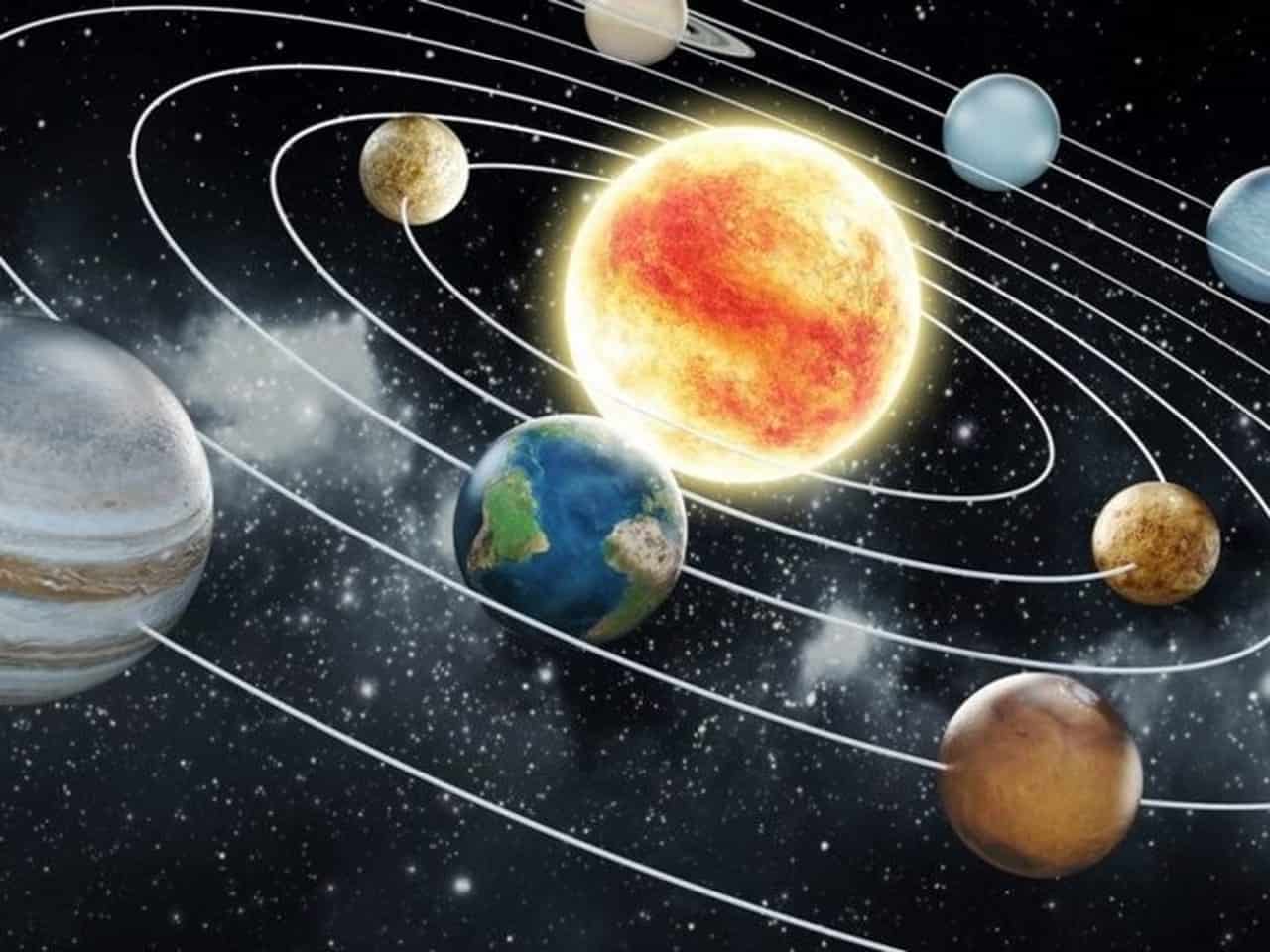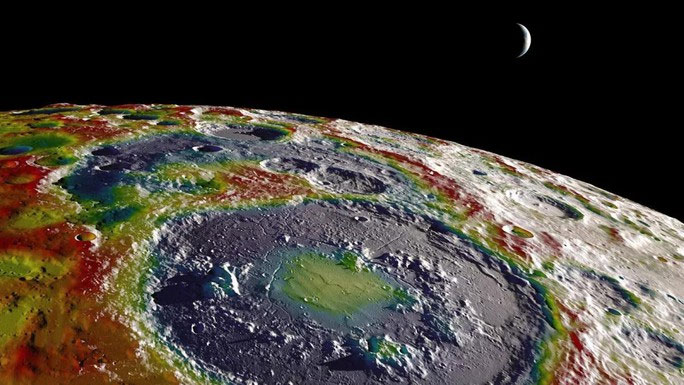The quest to discover life beyond our planet has captivated humanity for centuries. Recent breakthroughs by NASA scientists have brought us closer to this dream, revealing potential habitats where “powerful Earth-like” creatures might exist. These findings are not only expanding our understanding of the universe but also challenging our preconceived notions about life itself.

### The Search for Extraterrestrial Life
For decades, NASA has been at the forefront of exploring the cosmos, driven by the fundamental question: Are we alone in the universe? Through advanced telescopes, space probes, and cutting-edge research, scientists have identified several celestial bodies that could potentially harbor life. The focus has shifted from merely finding any life to discovering complex, Earth-like organisms capable of thriving in environments similar to our own.

### Promising Candidates: Exoplanets and Moons
Exoplanets, or planets outside our solar system, have become prime candidates in the search for extraterrestrial life. NASA’s Kepler and TESS missions have discovered thousands of exoplanets, with a significant number residing in the “habitable zone” — the region around a star where conditions may be just right for liquid water to exist. Among these, Proxima Centauri b, located in the habitable zone of our closest stellar neighbor, Proxima Centauri, has garnered considerable attention. Its potential for Earth-like conditions makes it a focal point for future missions aimed at detecting signs of life.

Closer to home, the icy moons of Jupiter and Saturn present intriguing possibilities. Europa, one of Jupiter’s moons, is believed to have a vast subsurface ocean beneath its icy crust. This ocean, potentially warmed by hydrothermal vents on the ocean floor, could provide an environment similar to Earth’s deep oceans, where life thrives despite extreme conditions. Similarly, Saturn’s moon Enceladus has shown evidence of water vapor plumes, suggesting the presence of an ocean beneath its icy shell. These environments could support powerful, Earth-like organisms adapted to extreme conditions.
### The Concept of ‘Powerful Earth-like’ Creatures
The term “powerful Earth-like” creatures refers to organisms that possess characteristics akin to those found in Earth’s most resilient species. These creatures could have evolved unique adaptations to survive and thrive in their specific environments, whether it be in the depths of Europa’s ocean or the rocky terrain of a distant exoplanet. By studying extremophiles on Earth — organisms that live in extreme conditions such as deep-sea vents, acidic hot springs, and arid deserts — scientists can infer the possible traits and behaviors of these extraterrestrial life forms.
### Advanced Technologies and Methods
NASA’s pursuit of discovering extraterrestrial life involves sophisticated technologies and innovative methods. Instruments like the James Webb Space Telescope (JWST) and upcoming missions like the Europa Clipper and Dragonfly to Titan (another moon of Saturn) are designed to gather detailed data about these potential habitats. The JWST, with its powerful infrared capabilities, will be able to analyze the atmospheres of exoplanets, searching for biosignatures such as oxygen, methane, and other organic molecules that could indicate the presence of life.
### Challenges and Considerations
Despite the exciting prospects, the search for powerful Earth-like creatures is fraught with challenges. The vast distances between Earth and these potential habitats make direct exploration difficult with current technology. Additionally, the harsh conditions on many of these worlds require innovative solutions for both robotic and, eventually, human explorers. There are also significant ethical considerations regarding the contamination of these pristine environments with Earth-based organisms.
### The Implications of Discovering Extraterrestrial Life
Finding powerful Earth-like creatures would have profound implications for science, philosophy, and society as a whole. It would revolutionize our understanding of biology, showing that life can emerge and thrive in diverse environments. The discovery would also prompt deeper questions about the origins and diversity of life in the universe, potentially leading to new insights into our own existence and place in the cosmos.
NASA’s efforts to uncover the habitats of powerful Earth-like creatures represent a significant leap forward in our quest to understand the universe. While challenges remain, the potential discoveries on exoplanets and icy moons could redefine our perception of life and its possibilities. As technology advances and missions are launched, we may soon find that we are not alone in the cosmos, opening a new chapter in the story of life in the universe.

